How to Round Amounts of Money
Rounding means making a number simpler but keeping its value close to what it was. With money, we often round to the nearest dollar or to the nearest ten cents.
[include_netrun_products_block from-products="product/6-virginia-sol-grade-3-math-practice-tests/" product-list-class="bundle-products float-left" product-item-class="float-left" product-item-image-container-class="p-0 float-left" product-item-image-container-size="col-2" product-item-image-container-custom-style="" product-item-container-size="" product-item-add-to-cart-class="btn-accent btn-purchase-ajax" product-item-button-custom-url="{url}/?ajax-add-to-cart={id}" product-item-button-custom-url-if-not-salable="{productUrl} product-item-container-class="" product-item-element-order="image,title,purchase,price" product-item-title-size="" product-item-title-wrapper-size="col-10" product-item-title-tag="h3" product-item-title-class="mt-0" product-item-title-wrapper-class="float-left pr-0" product-item-price-size="" product-item-purchase-size="" product-item-purchase-wrapper-size="" product-item-price-wrapper-class="pr-0 float-left" product-item-price-wrapper-size="col-10" product-item-read-more-text="" product-item-add-to-cart-text="" product-item-add-to-cart-custom-attribute="title='Purchase this book with single click'" product-item-thumbnail-size="290-380" show-details="false" show-excerpt="false" paginate="false" lazy-load="true"]
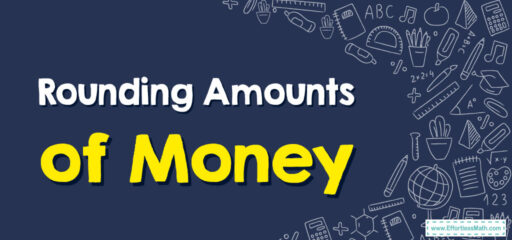
A Step-by-step Guide to Rounding Amounts of Money
Here is a step-by-step guide to rounding amounts of money:
Step 1: Understand the Basics of Money
Money in dollars and cents has a decimal point. For example, $2.75 means 2 dollars and 75 cents. The first digit after the decimal point represents tens of cents (from 10 cents up to 90 cents), and the second digit represents single cents (from 1 to 9 cents).
The Absolute Best Book for 4th Grade Students
Step 2: Identify the Place Value You Are Rounding To
Are you rounding to the nearest dollar, or to the nearest ten cents?
If you’re rounding to the nearest dollar, you’ll be looking at the digit in the tenths place (the first digit after the decimal point).
If you’re rounding to the nearest ten cents, you’ll be looking at the digit in the hundredths place (the second digit after the decimal point).
Step 3: Apply the Rounding Rule
If the digit you’re looking at is 5 or more, you round up, which means you add 1 to the number in the place you’re rounding to.
If the digit is 4 or less, you round down, which means the number in the place you’re rounding to stays the same.
The Best Math Books for Elementary Students
Related to This Article
More math articles
- What Kind of Math Is on the Computer Science?
- 4th Grade Wisconsin Forward Math Worksheets: FREE & Printable
- 5 Best Classroom Speakers for Teachers in 2026
- Probability Distribution
- How to Solve Radicals? (+FREE Worksheet!)
- ACT Math- Test Day Tips
- How to Find Domain and Range of a Function?
- Algebra Puzzle – Critical Thinking 12
- The Ultimate 6th Grade PSSA Math Course (+FREE Worksheets)
- The Best TSI Math Worksheets: FREE & Printable
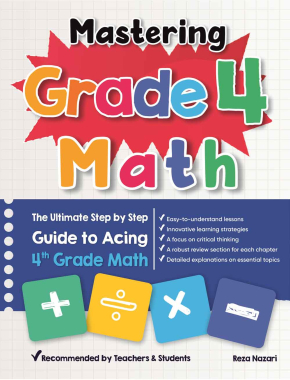
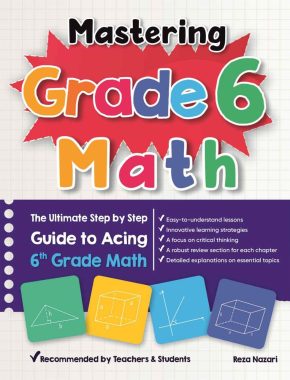
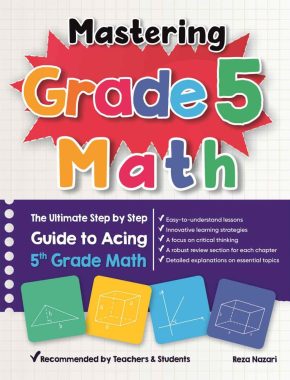
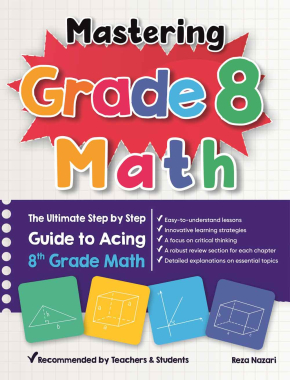
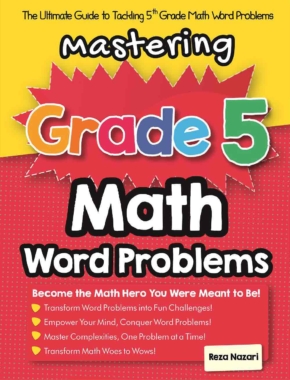
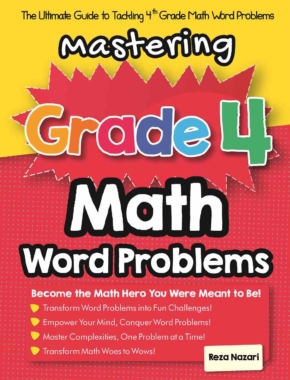


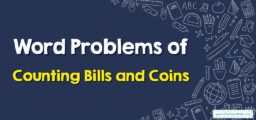


What people say about "How to Round Amounts of Money - Effortless Math: We Help Students Learn to LOVE Mathematics"?
No one replied yet.